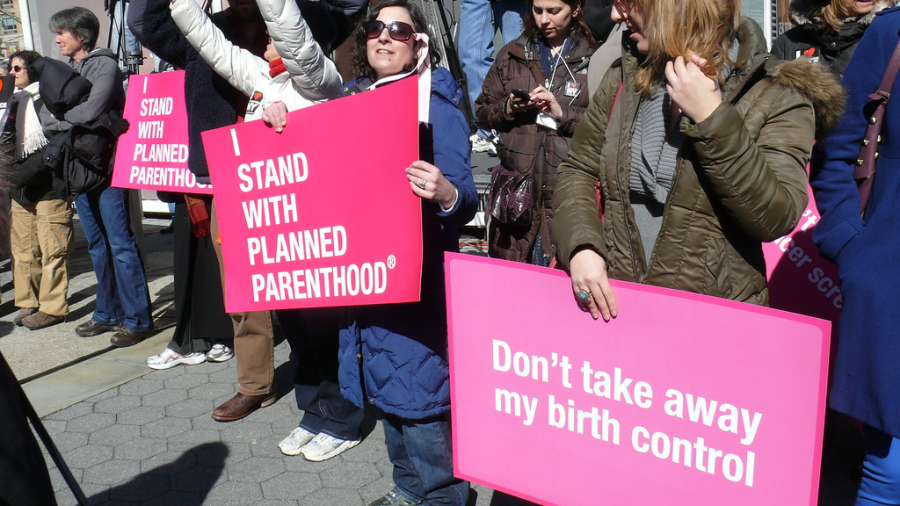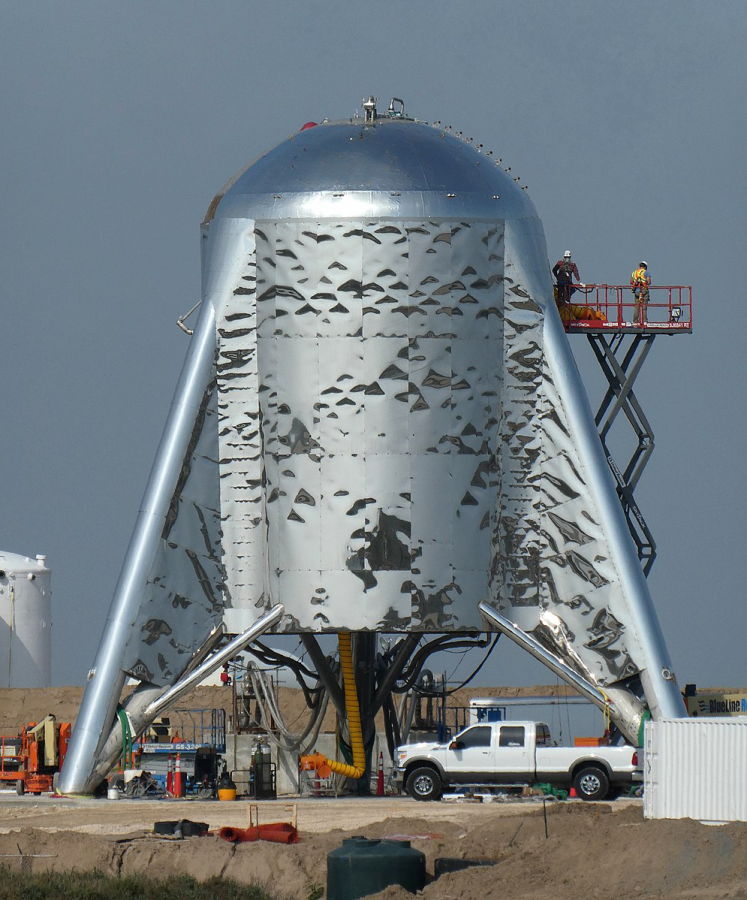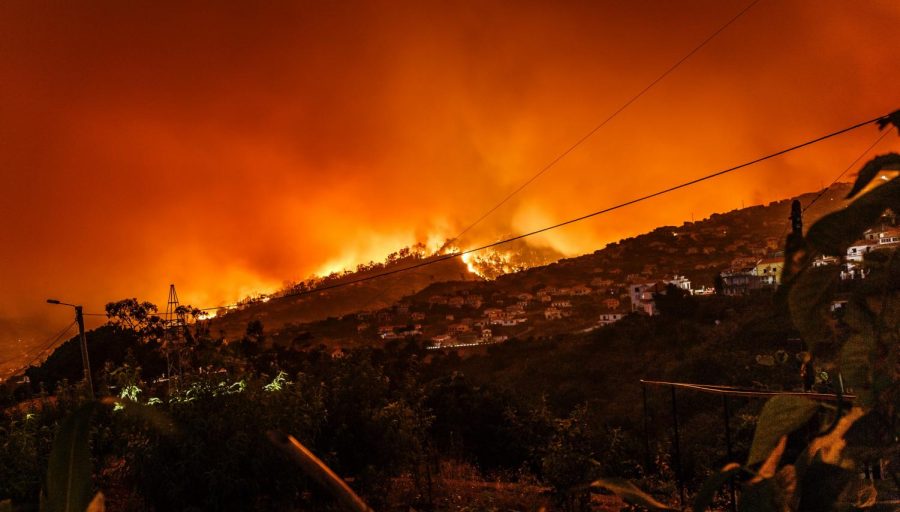Millions of refugees flee Syria to Europe for safety

Erik Nelson Rodriguez Illustration of a migrant boy on a boat headed to a new land. Tribune News Service
September 30, 2015
Across the North Atlantic Ocean, many countries are dealing with a dramatic increase in the number of refugees trying to cross their borders. These individuals and families are seeking new homes away from war-torn places such as Syria and police states like Eritrea.
Millions of people have been displaced from their homes and the numbers have risen significantly over the years with Syria’s being the most drastic. At least four million people have fled from Syria and more than three million have run from ISIS (Islamic State of Iraq and Syria) in Iraq. The trip alone costs over one thousand U.S. dollars for most people and must be paid in cash. The majority of these refugees’ only chance lies in smugglers who fill a boat to the maximum, drive them out to sea, and take their own boat back to shore after leaving them with a distress call for the coast guard. Unless they want to leave a boat full of people to die, the coast guard has to respond.
Most everyone welcomes refugees, though some people protest the refugees crossing their borders, demanding that their government find a way to keep them out. To help thin the number of illegal crossings, Hungary has installed a massive, barb-covered fence along their border. Other countries send out police and task forces to keep the refugees back, while making sure they are fed and safe.
Turkey is the country that shelters the majority of Syrian refugees at an astonishing number of 1.9 million. Their shared border explains much of the issue and many of the refugees have been pushed into camps in an attempt to sort through the masses. Egypt is another country taking in refugees and is wealthy enough to ensure that all 132,000 of them don’t have to live in camps.
“Egyptian billionaire Naguib Sawiris, one of the region’s wealthiest men, has offered to buy an island for refugees. He would like to buy an isle from Greece or Italy. His name for the proposed island home: Hope.” Michael Martinez, reporter for CNN, stated.
The United States isn’t sitting on the sidelines either. The U.S. has already resettled 1,500 refugees and is ready to move another 10,000 out of a quota of 75,000. The U.S. has also donated over 500 million dollars to help with the refugee crisis. At least ten other countries, including Iraq, have been taking in the refugees as well.
One major issue for the countries taking in refugees is whether or not the incoming people can actually be labeled “refugees”, or if they should be termed “migrants”. The single difference between the two is that migrants must go through immigration laws while refugees can claim asylum. Most of these people are fleeing from war and have been noted as “refugees”, but many of the people from places like Nigeria are closer to “migrants”. However, both terms are so similar that the issue has been deadlocked and no clear resolution is in sight.
“We also have to start using the right words. It is partially a migrant flow, but it is mainly a refugee flow, which puts us in a different situation when it comes to our legal and moral duties,” Federica Mogherini, EU foreign policy chief, said, courtesy of CNN.
There is no easy answer in sight and the future of many refugees remains uncertain. Despite the legal issues, most of them continue to flee in hopes of safety.
“Thousands of refugee parents are risking the lives of their children on unsafe smuggling boats primarily because they have no other choice.” Antonio Guterres, UN High Commissioner for Refugees, said, courtesy of CNN.
















